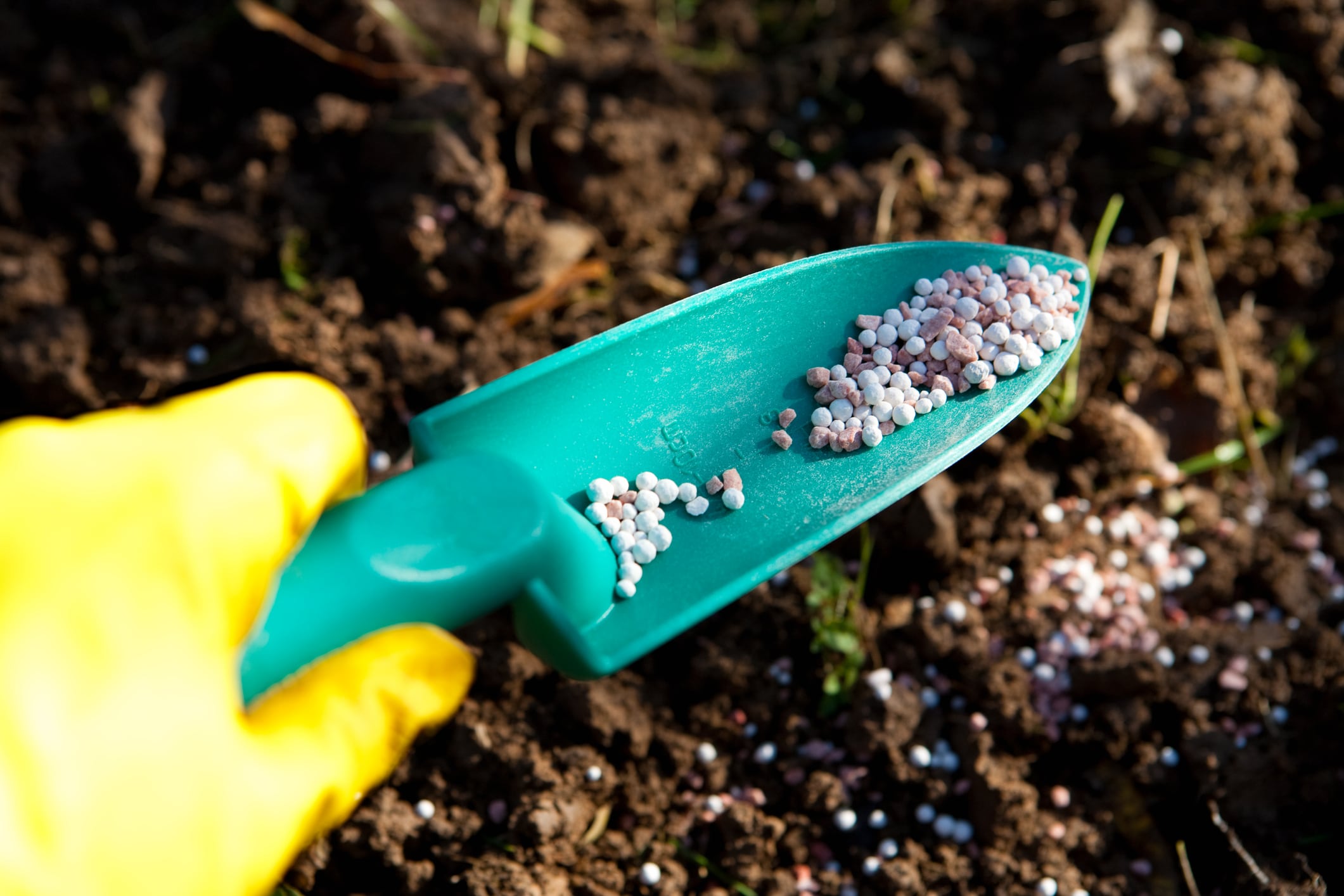For most flowering plants to reproduce, they need pollen from other plants of the same kind. This they cannot get on their own, being immobile, but must be provided it by pollinating insects such as bees and butterflies, who move the pollen from one plant to another.
But the decline in the population of pollinating insects in recent years poses a risk to this process. Due to a combination of habitat loss, heightened use of pesticides, and the effects of climate change, many colonies have been lost and many insects have died (for example, the period between April 2022 and April 2023 saw the second-highest honeybee hive mortality rate in the past 12 years, with 48% of colonies lost, according to the non-profit BeeInformed).
Ali Al Suhail, an associate at boutique investment bank DAI Magister, fears that this is a danger to the 33% of the world’s food production reliant on pollination. However, he believes, technology could provide new and unusual solutions.
However, it won’t be easy. “Bee pollination is a complex and intricate process that requires consideration of various factors such as farm location, crop types, and beehive placement to optimise farmer yields and bee health,” he said. “These factors must also be weighed against the conditions within bee colonies and hives.”
Robot bees and other technology
Robot bees may sound like the stuff of science fiction, both utopian and dystopian. But they’re a reality, and could, according to Suhail, help solve our pollination problem.
“Robot pollinators represent a ground-breaking advancement that could transform pollination in the high-value specialty crop segment,” he said. Robot bees should be seen as a different form of something much more familiar, he suggests, as they follow “the same well-established artificial insemination process practiced in the dairy industry.”
Robot pollinators do much the same as flesh and blood pollinators: carry the pollen from one plant to another. The process begins by collecting and storing pollen from the stamen, the flower’s male component. The robot then inserts it into the stigma, the female part of another plant. Robot pollinators will also store pollen and wait for the optimal time to begin the pollination process.
There are a few benefits to the process that marks it out from natural pollination. For example, efficiency is key, and technology aids this. “The aim,” Suhail says, “is to achieve precise and efficient pollination while mitigating the variables that can hinder successful pollination when left to natural processes.”
Pollination can also be done in other ways. For example, air-blast pollination, which fertilises flowers with no physical interaction and thus reduces risk of disease transmission.
The World Bee Project also uses AI-powered beehive systems, which manage honeybees and help them to pollinate agricultural landscapes.
“We gain invaluable insights into bee behaviours in varying agricultural ecosystems in different regions,” Sabiha Rumani Malik, Executive President and Founder of the World Bee Project, told AgTechNavigator.
Because of the abundance of bee species, she was sceptical that such technology could affect the decline in bee populations, one way or the other. The technology, she suggested, just doesn’t have the scope to look after all of these species.
“I don’t see how AI-powered systems designed to better manage honeybee pollination could help mitigate the effects of a decline in bee populations because the honeybee (Apis Mellifera) species is not the only bee species in the world.
“There are around 20,000 species of free-flying ‘wild’ bees and other pollinating insect species, and many of them, like bumblebees and hoverflies, are declining. They, too, are highly effective pollinators.”
Hive-mind
Another example of something that could help protect pollinator populations is the combination of AI and internet of things (IOT) to create smart beehives.
How this works is that the AI will work together with the IOT hardware to monitor the bees 24/7, providing real-time data and enhancing the pollination ecosystem, administering treatments remotely to care for the bees and ensure their health and wellbeing.
“Innovative start-ups are also looking to shore up the honeybee population and subsequent pollination crisis through advanced technologies designed to bolster bee strength and resilience,” concluded Suhail.
“These initiatives encompass a range of approaches, from deploying systems to protect bees from biological threats to mitigating the impact of detrimental pesticides on bee health and increasing bee resilience to the fluctuating climatic conditions caused by climate change.
“Emerging innovations and technologies in pollination can enhance bee health and well-being and provide new ways to pollinate crops more effectively and efficiently, playing a key role in helping us meet our future food production needs amid the continued decline in bee numbers.”
Startups include Beewise, which works with IOT and AI to create automated hives, and Arugga Farming, which uses robotics for pollination.
Drawbacks of the technology
However, the World Bee Project’s Malik has a radically different view on pollinators. She believes that our current technology is not yet able to fulfil the tasks of pollination as well, or as effectively, as nature.
“Robot pollinators aren’t sophisticated enough to be up to the job,” she told us. “Nature is ahead of the game. Over millennia, our 20,000 pollinator species have developed efficient, balanced, interacting, and varying relationships with more than 350,000 flowering plant species and can sustainably deliver biodiversity conservation and food production.”
In fact, she predicted a number of possible drawbacks for such technology. “There are multiple drawbacks to using robotic bee technology for pollination. Think species invasion! Swarms of robot bees would disrupt the natural balance of species and damage natural ecosystems. Substituting 20,000 of our pollinator species with robotic devices would endanger food production. There would be unimaginably high economic and environmental costs– the components of robot bees (lithium and rare earth metals) could enter human and wildlife chains. In addition, robot bees are incompatible with our need for a low-carbon energy future.”
Developing robot bees, she suggested, is no substitute for protecting the bees we already have. “Given a minute fraction of the astronomical costs of developing robot pollinators, organisations around the world could protect biodiversity by sustainably managing landscapes to increase pollinator numbers.
“It isn’t difficult to mitigate the effects of pollinator declines – we can stop habitat destruction and ensure pollinators have food and homes - habitats to nest in and pollen and nectar to feed on. In other words, we need to focus on the pollinators we already have and sustainably manage landscapes to increase their declining populations.”




